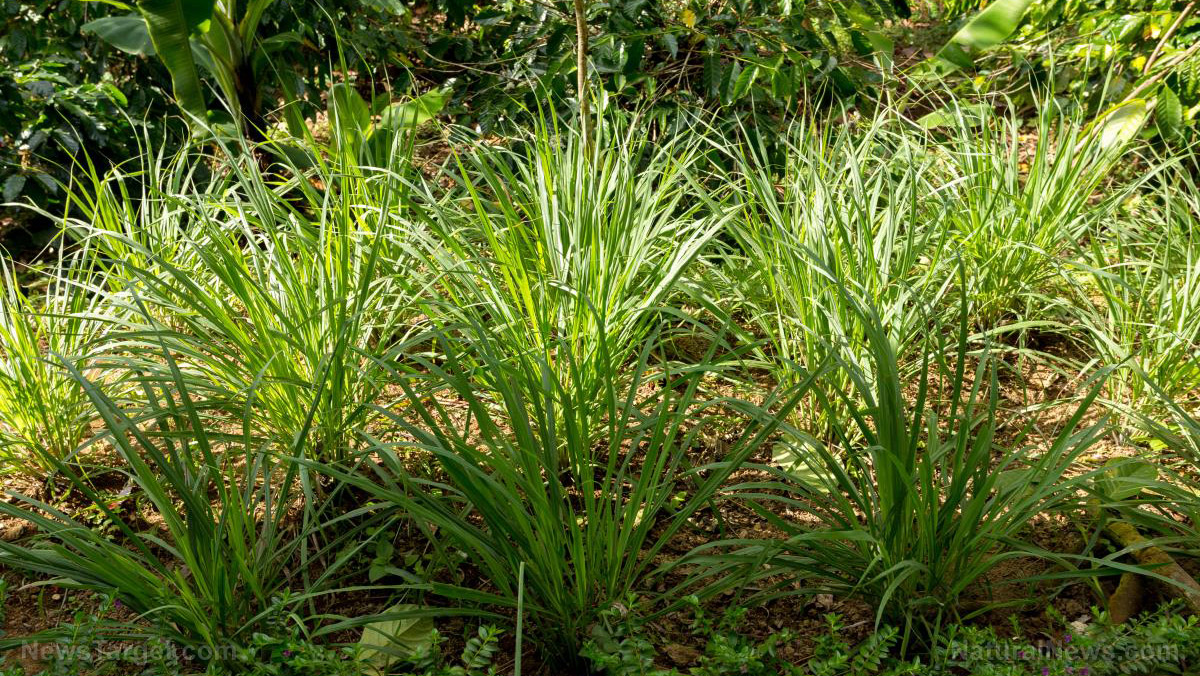Study: Herbal plants found to treat tuberculosis naturally
07/17/2018 / By Rhonda Johansson

A major issue facing the medical community today is the rise of multidrug-resistant tuberculosis, which hampers current efforts to end the deadly disease globally. The World Health Organization (WHO) estimates that while the incidences of tuberculosis have been decreasing by around two percent each year, all effort must be made in exploring every option to treat it.
This includes validating well-known traditional ethnomedicines. It was with this goal that researchers analyzed the extracts of crepe jasmine (Tabernaemontana coronaria), lemongrass (Cymbopogon citratus) and crepe ginger (Costus speciosus). These plant materials have been traditionally used as remedies for various symptoms of tuberculosis.
Researchers evaluated the three plant extracts for their anti-tuberculosis activity. Part of their analysis included assessing which phytochemical compounds were the most active in influencing the growth kinetics and cellular integrity of a tubercle organism.
The results were compelling, to say the least. All three plant extracts showed remarkable cidal activity, especially at concentrations of around 100-200 μg/mL. The authors noted that all three plant materials were rich sources of various lipophilic fatty acids which may influence how the tuberculosis bacteria grows.
The authors also noted that both crepe jasmine and crepe ginger were faster at killing tuberculosis bacteria, but lemongrass demonstrated remarkable efficiency at destroying the cellular structure of the mycobacteria.
The results of the study were published in BMC Complementary and Alternative Medicine.
Mother Nature's micronutrient secret: Organic Broccoli Sprout Capsules now available, delivering 280mg of high-density nutrition, including the extraordinary "sulforaphane" and "glucosinolate" nutrients found only in cruciferous healing foods. Every lot laboratory tested. See availability here.
On tuberculosis
Tuberculosis is caused by the bacterium Mycobacterium tuberculosis and is spread from person to person through the air. It is believed that a quarter of the world’s population has a latent form of the disease, that is, they carry the bacteria but have not (yet) fallen ill with tuberculosis.
People with compromised immune systems, such as those with HIV or suffering from malnutrition, have a much higher risk of contracting tuberculosis and becoming ill from it. Over 95 percent of tuberculosis cases are reported in developing countries, with at least 60 percent coming from India, Indonesia, the Philippines, Pakistan, and Nigeria.
Tuberculosis is the leading killer of HIV-positive people. In 2016, 40 percent of HIV deaths were caused by the disease.
Early symptoms of tuberculosis are a cough with bloody spit, chest pains, weakness, weight loss, fever, and night sweats.
Current treatment for the disease involves rifampicin, an antibiotic used to treat several types of infections. However, experts have noted a dramatic increase in the number of people becoming resistant to it. (Related: FDA approves experimental tuberculosis treatment that carries increased risk of death.)
This is why it has become all the more important to explore other avenues in treating the disease naturally. Some food items that have been suggested to be effective are:
- Garlic – Rich in sulfuric acid, garlic inhibits bacterial growth and has an immune-boosting effect. It should be eaten raw to maximize its benefits.
- Bananas – Bananas alleviate cough and fever and help strengthen a patient’s immune system.
- Oranges – The juice of this citrus fruit eases expectorations and protects the body from secondary infections.
- Indian gooseberry – Also known as amla, the Indian gooseberry has anti-inflammatory and antibacterial properties.
Learn more ways to boost your immune system by reading the articles found at NaturalAntibiotics.news.
Sources include:
Tagged Under: disease prevention, herbal medicine, Herbs, infections, natural cures, natural medicine, natural remedies, outbreak, tuberculosis, tuberculosis treatment




















